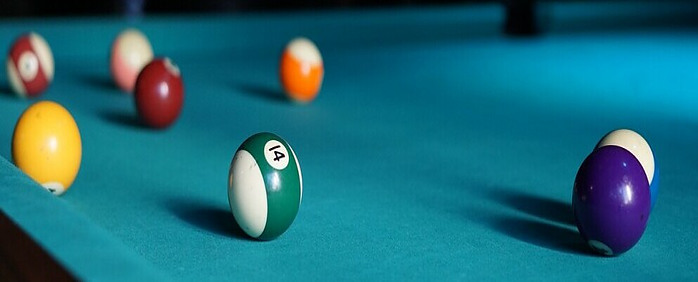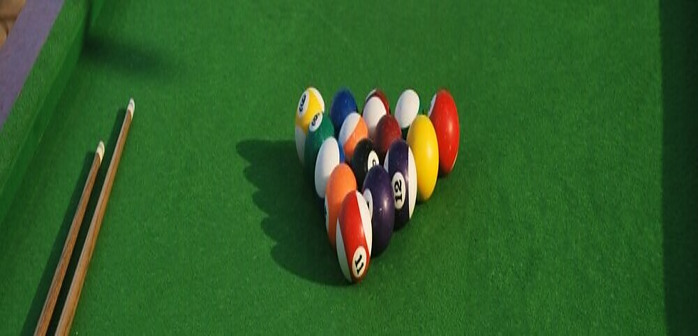Unveiling The Craftsmanship: What Are Pool Balls Made Of?
Billiards, a timeless game that has graced countless recreation rooms and bars, is a pursuit of precision, strategy, and finesse. Central to this game are the iconic pool balls, each meticulously crafted to meet stringent standards. In this exploration, we delve into the materials that form the heart of these spheres, unraveling the transition from traditional ivory to modern synthetic wonders.

The Evolution of Materials:
In the early days of billiards, ivory was the material of choice for crafting billiard balls. Obtained from the tusks of elephants, ivory provided the perfect balance of density and playing characteristics. However, ethical concerns and the need for wildlife conservation prompted a paradigm shift in the materials used.
Enter Phenolic Resin:
Phenolic resin emerged as the modern maestro in the crafting of pool balls. This thermosetting plastic, composed of phenol formaldehyde resin, boasts a trifecta of qualities crucial for billiards enthusiasts: durability, dimensional stability, and precision.
Durability:
Phenolic resin brings a robust nature to the game, with its inherent resistance to impact ensuring that each shot resonates with a satisfying clack. The balls withstand the rigors of gameplay, maintaining their integrity over time.
Dimensional Stability:
Consistency is key in billiards, and phenolic resin delivers with exceptional dimensional stability. Regardless of environmental conditions, these balls retain their size and shape, ensuring a level playing field for every match.
Precision:
The manufacturing process of phenolic resin allows for unparalleled precision. Molds are crafted with exacting detail, resulting in a set of balls that meet stringent weight, size, and balance specifications. This precision translates into a seamless and predictable playing experience.

Polyester’s Presence:
While phenolic resin reigns supreme in professional circles, polyester has found its niche in the realm of recreational billiards. Known for its affordability, polyester provides a satisfactory performance for casual gameplay. It serves as a testament to the versatility in materials, catering to a diverse audience of billiards enthusiasts.
The Manufacturing Symphony:
Crafting the perfect set of pool balls is an orchestration of precision machining and artistry. Each ball undergoes meticulous molding, ensuring that it meets the exacting standards set by the industry. Once shaped, the balls are painted with vibrant colours and numbered, distinguishing between solids and stripes.
Conclusion:
In the world of billiards, the question, “What are pool balls made of?” unveils a narrative of evolution and innovation. From the ivory-clad origins to the contemporary dance of phenolic resin and polyester, these spheres encapsulate the spirit of a game that has stood the test of time. As the cue strikes the phenolic resonance, or the polyester harmony, the essence of billiards echoes through the ages, resonating with players and enthusiasts alike.




